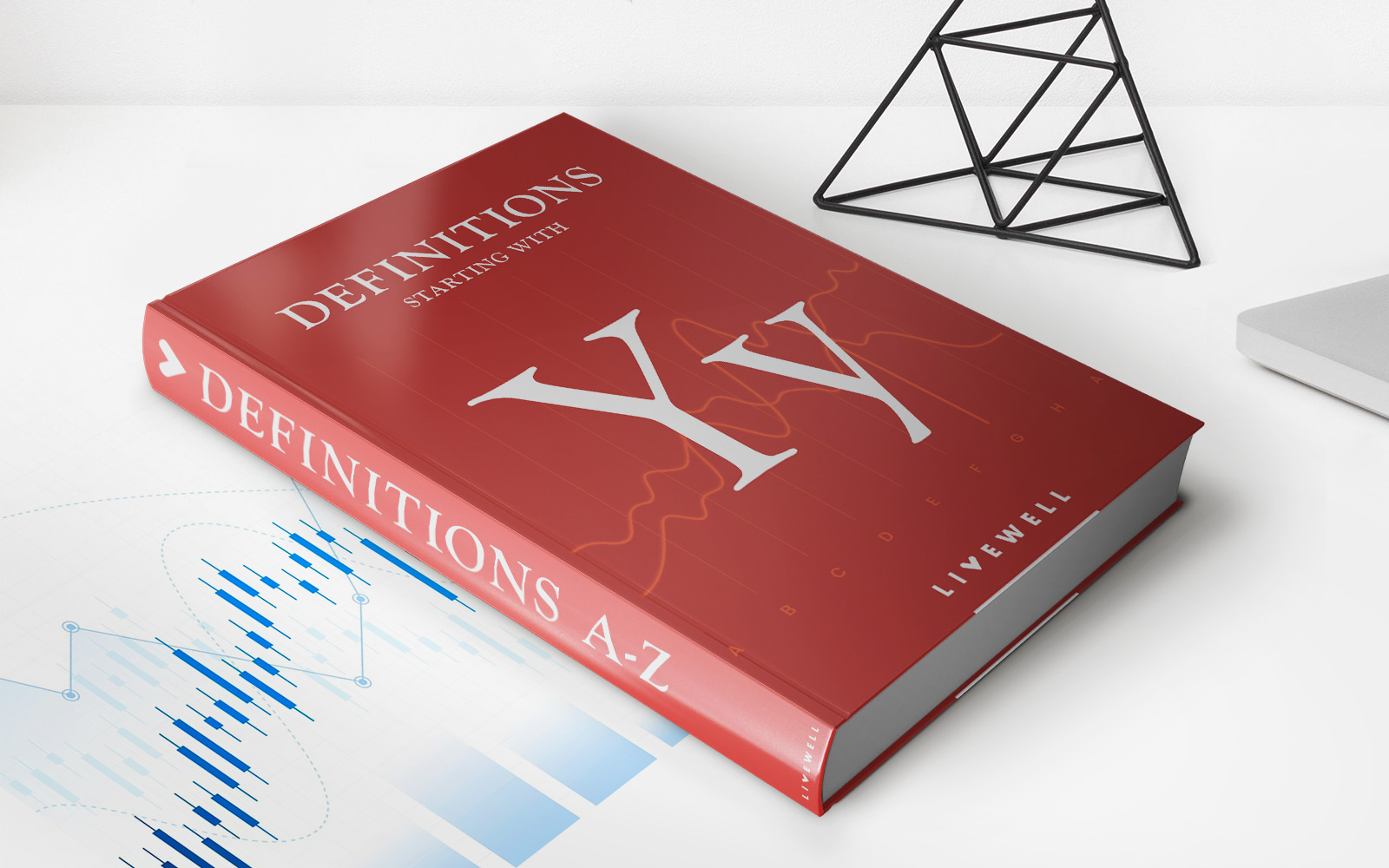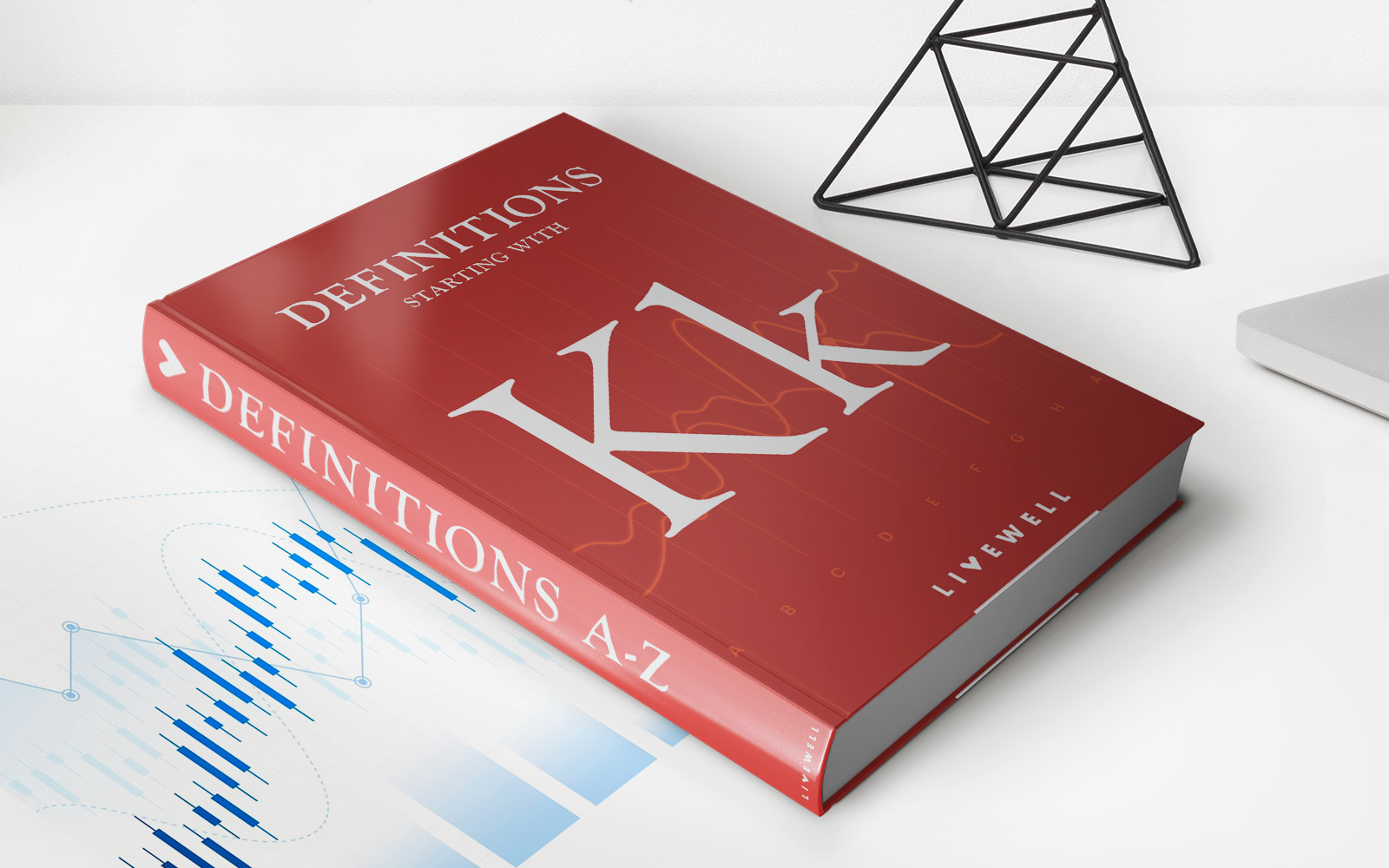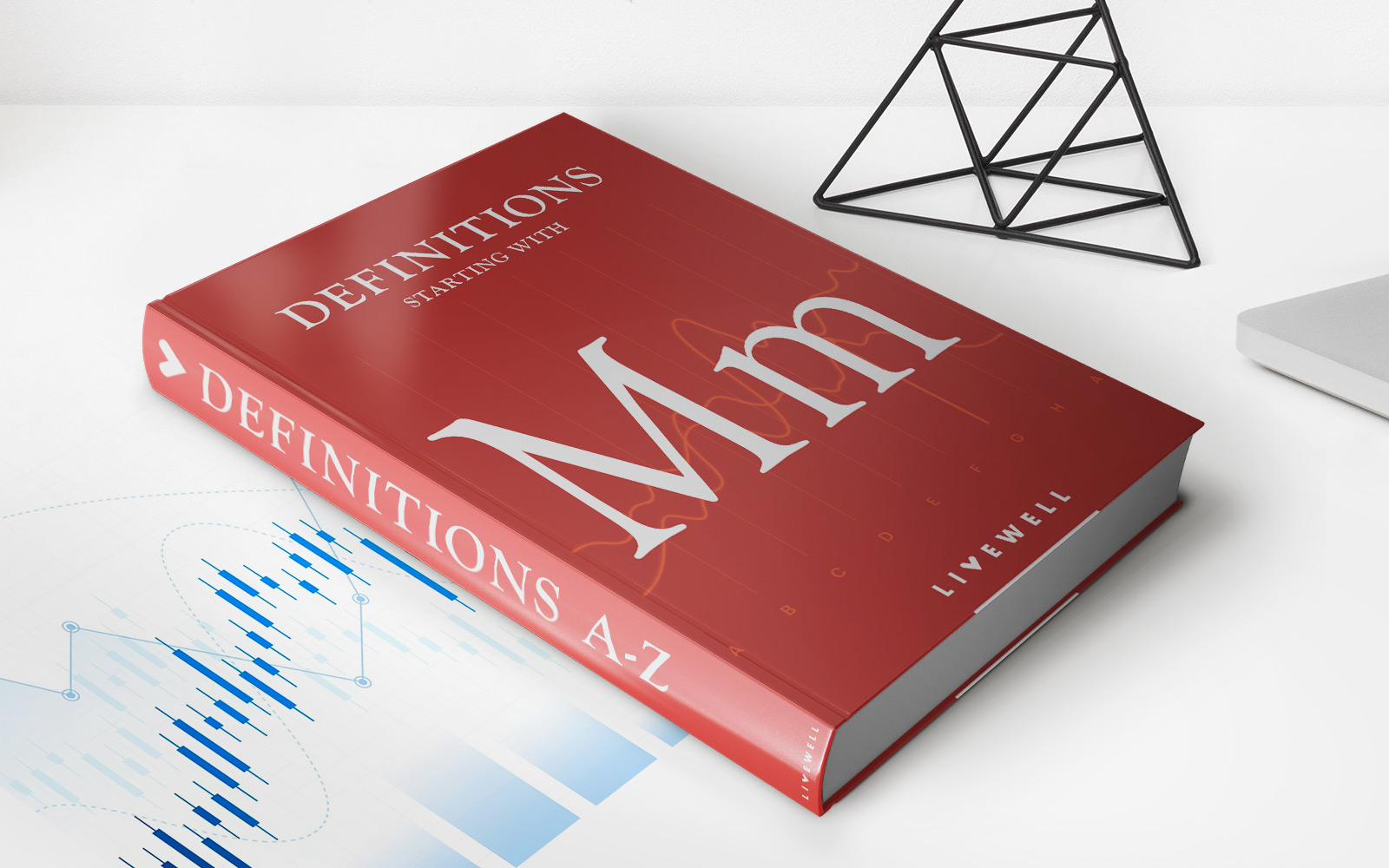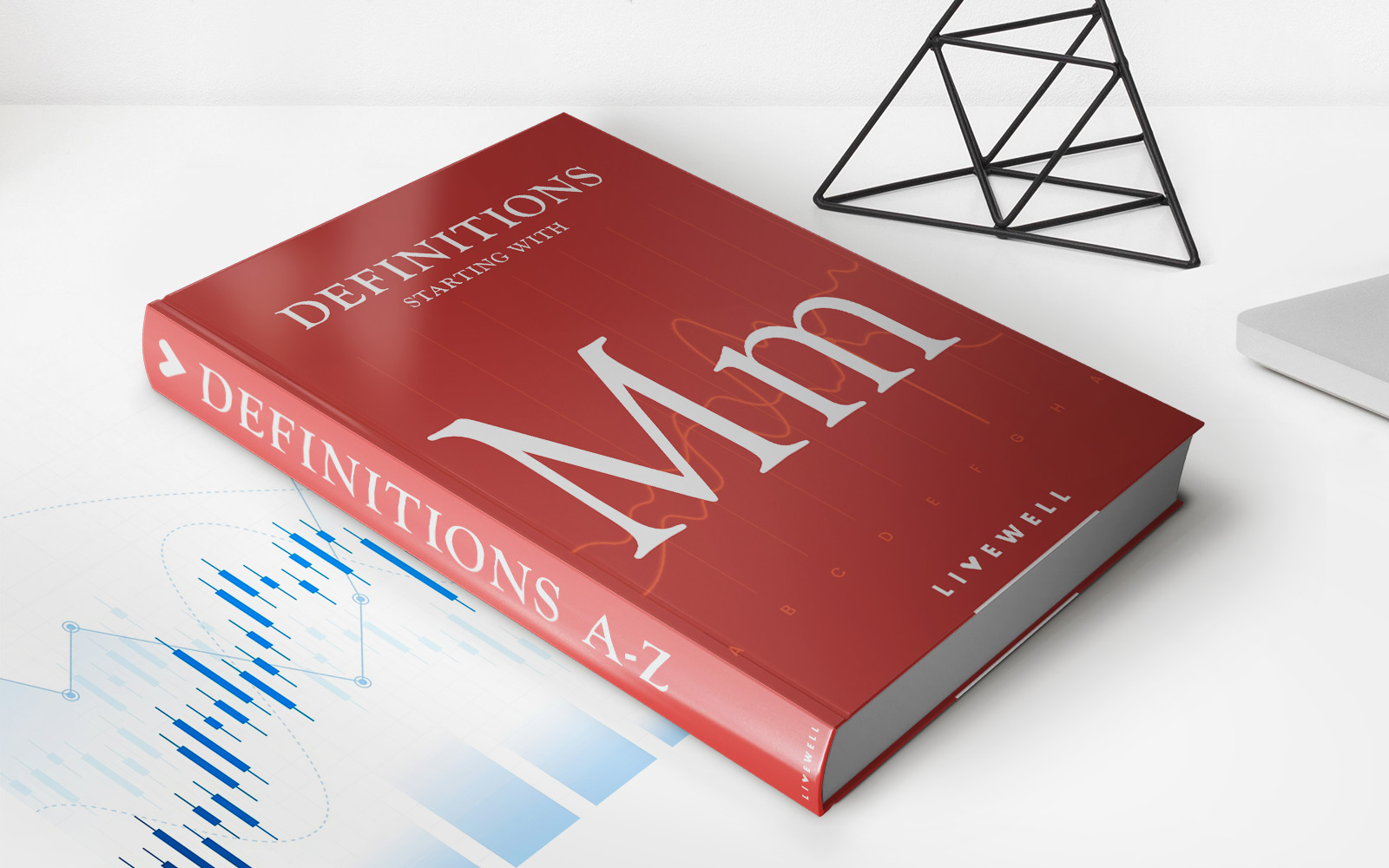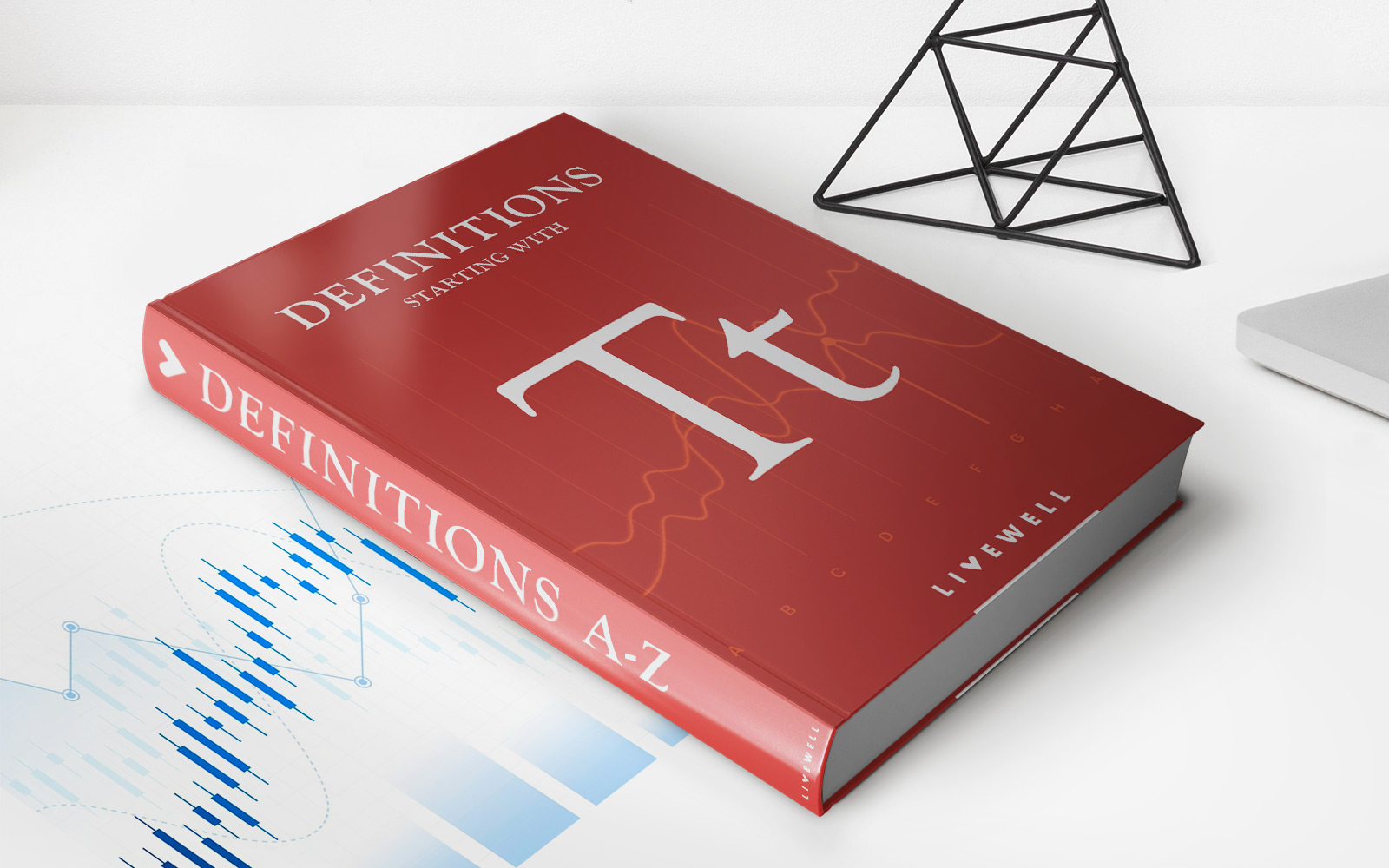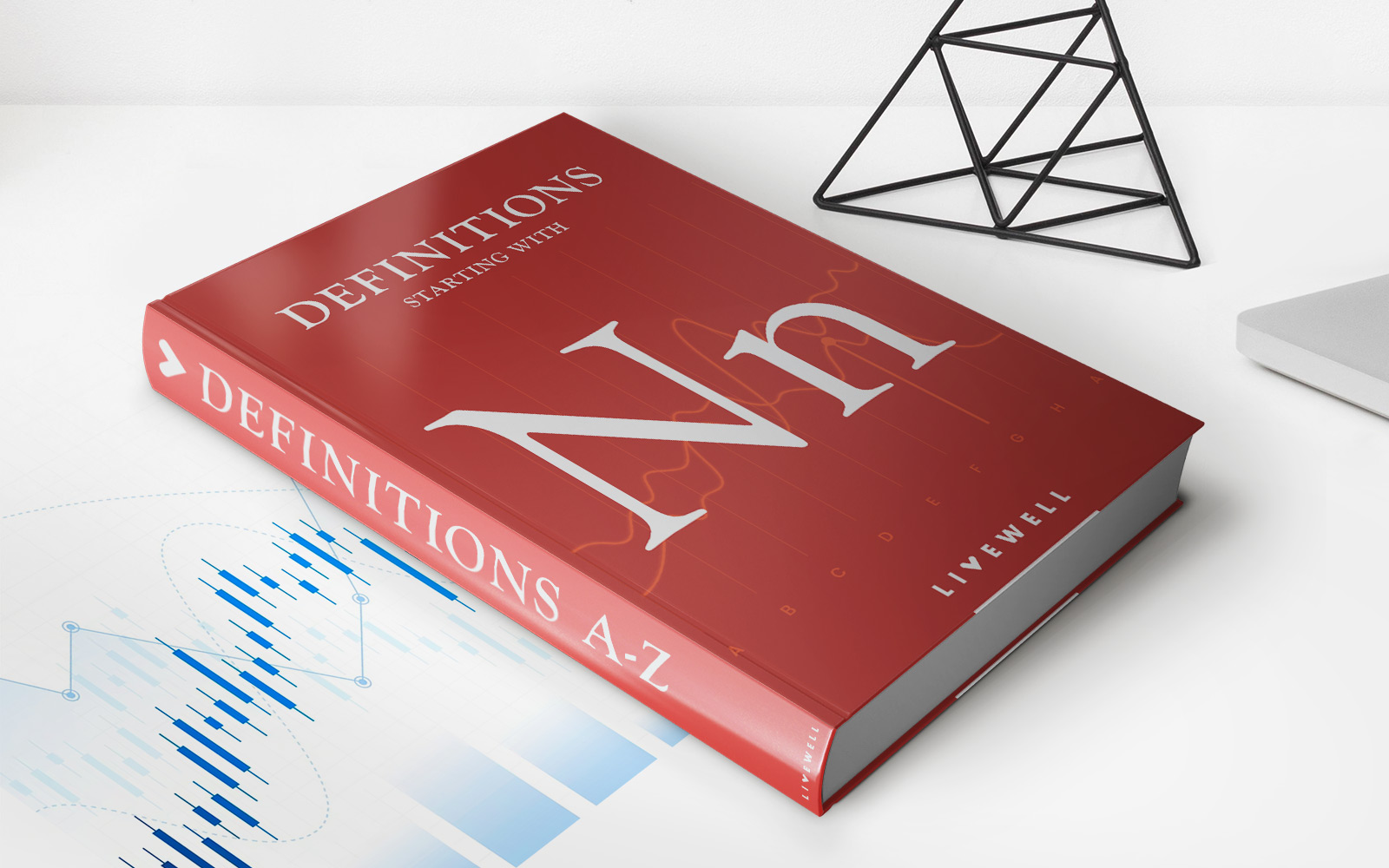Home>Finance>Macroeconomics Definition, History, And Schools Of Thought
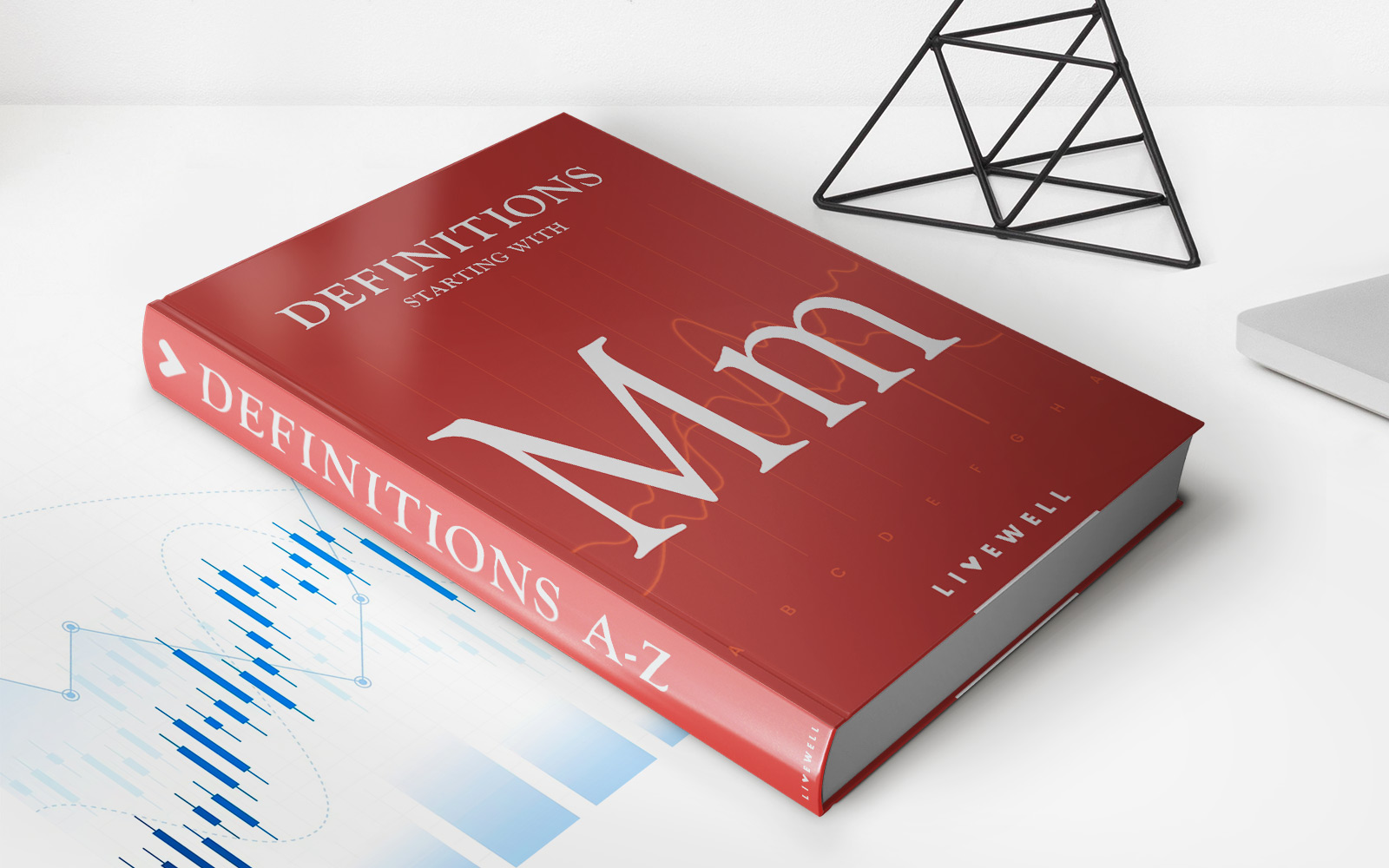

Finance
Macroeconomics Definition, History, And Schools Of Thought
Published: December 21, 2023
Discover the definition, rich history, and influential schools of thought in macroeconomics, with a particular focus on the role of finance. Explore the fundamentals of finance in relation to macroeconomics.
(Many of the links in this article redirect to a specific reviewed product. Your purchase of these products through affiliate links helps to generate commission for LiveWell, at no extra cost. Learn more)
Macroeconomics: Understanding the Definition, History, and Schools of Thought
Finance plays a significant role in our lives, covering everything from personal budgeting to global economic policies. In the world of economics, macroeconomics holds a crucial place. Have you ever wondered what exactly macroeconomics is? How did it originate, and what are the different schools of thought within this discipline? In this blog post, we aim to provide you with the answers and insights you’re seeking about macroeconomics.
Key Takeaways:
- Macroeconomics focuses on studying large-scale economic systems, such as national economies and their interrelationships.
- It encompasses the analysis of various factors, including inflation, unemployment, economic growth, and government policies, to understand and manage the overall economy.
Defining Macroeconomics
Macroeconomics can be defined as the branch of economics that deals with the behavior, structure, performance, and decision-making of an economy as a whole. It focuses on studying aggregate measures, such as national income, employment rates, price levels, and economic growth, providing insights into the overall health and functioning of an economy.
This field of economics examines key elements like gross domestic product (GDP), which measures the total value of goods and services produced within a country’s borders over a specific time period. Macroeconomists also analyze inflation rates, unemployment levels, government spending, and the impact of monetary policies on employment and price stability.
A Journey Through Macroeconomics’ History
The roots of macroeconomics can be traced back to the Great Depression in the 1930s, as economists struggled to understand and address the causes and consequences of this severe economic downturn. British economist John Maynard Keynes emerged as a prominent figure during this time, with his groundbreaking theories challenging traditional economic thoughts.
Keynesian economics, one of the major schools of thought within macroeconomics, emphasizes the importance of government intervention and fiscal policies to stimulate economic growth and stabilize fluctuations. This approach gained significant recognition and popularity during the post-war period, particularly among policymakers.
However, in the 1970s, another school of thought emerged called monetarism, led by economists such as Milton Friedman. Monetarists believe that controlling the money supply and ensuring stable price levels is crucial for sustained economic growth. This counter to Keynesian ideas sparked a debate that continues to shape macroeconomic policies today.
Schools of Thought in Macroeconomics
Macroeconomics is a field that welcomes diverse perspectives and theories. Apart from Keynesian and monetarist economics, here are a few other important schools of thought:
- Classical Economics: This school of thought, popularized by economists like Adam Smith and David Ricardo, emphasizes the importance of free markets and limited government intervention. It emphasizes self-regulation and the idea that markets will naturally adjust to achieve equilibrium.
- Austrian Economics: Austrian economists focus on the role of individual actions and free markets in economic decision-making. They emphasize the importance of entrepreneurship, limited government interference, and the significance of subjective value in determining prices.
- New Keynesian Economics: Building upon Keynesian ideas, new Keynesian economists recognize market imperfections and rigidities that can affect economic outcomes. They support government interventions, but with a greater emphasis on market mechanisms and the role of microeconomic factors.
- Neoclassical Synthesis: This school of thought, often referred to as the mainstream macroeconomics, attempts to integrate various theories and perspectives. It combines elements of both Keynesian and classical economics to provide a more comprehensive understanding of macroeconomic phenomena.
These different schools of thought within macroeconomics bring forth diverse viewpoints, leading to ongoing debates and shaping economic policies globally.
In Conclusion
Macroeconomics is a fascinating field of study that delves into the intricate workings of economies on a larger scale. From understanding the historical roots of key economic theories to exploring different schools of thought, a comprehensive grasp of macroeconomics is essential in navigating the complex world of finance and economics. Remember, it’s not just about money—it’s about understanding the forces that shape our societies.

